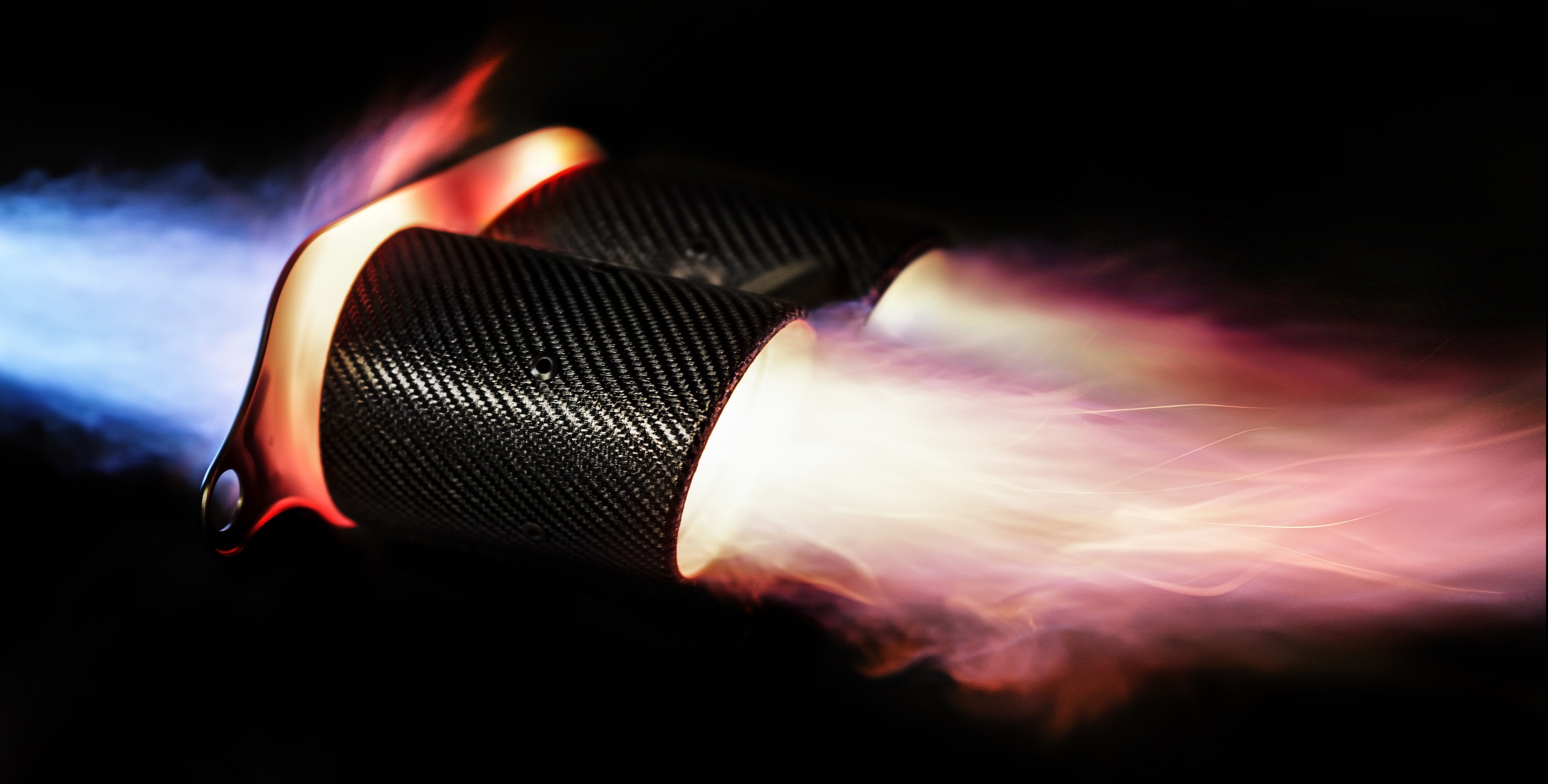Akrapovič: The story of the greatest performance exhaust maker in the world
Akrapovič is the leading manufacturer of aftermarket exhausts in the world, operating out of multiple world class facilities in Slovenia. However their beginnings were quite humble, let's take a look.

Calling Akrapovič a company that just makes aftermarket exhausts, would be a slight injustice to it. Yes, they do make some of the best exhaust systems in the world but it is their sheer dominance in the space that is surprising. If you consider the multiple Red Dot Design Awards for its products, wins in the Dakar Rally, MotoGP, Le Mans and FIA WEC, it isn’t hard to see why they are the best at what they do. There is no better teacher than experience, and experience on a racetrack is the best kind. In a race, exhaust systems face intense heat and some even melt away if they aren’t engineered to the absolute highest standards. They also have to comply with intricate rules and regulations unique to each type of sport. And Akrapovič continues to deliver at the highest, most demanding levels.
 The Audi Le Mans cars use Akrapovič exhausts
The Audi Le Mans cars use Akrapovič exhaustsAkrapovič operates out of a state of the art facility in Slovenia now, manufacturing aftermarket exhaust systems compatible with a majority of car and bike manufacturers and producing systems for multiple racing teams on two and four wheels, but its beginnings were a lot more humble. In a 450-square metre workshop to be precise.
1991
Igor Akrapovič founded the company in 1991 in Slovenia. He was a former racer and had earned multiple championship titles during his 10-odd years in motorsport. He noticed that the aftermarket exhausts at the time did not meet the high standards required for racing.
 Igor Akrapovič
Igor Akrapovič 1994
Igor started producing one-off systems for private race teams and those with Akrapovič seemed to have a clear advantage on track. Thanks to the results of teams running Akrapovič systems, Igor caught the eye of teams in the Pro Superbike Championship. Kawasaki Deutschland partnered with Akrapovič after the latter’s exhaust performed better than the factory unit!
1996
Akrapovič got its first muffler approved by government regulations that year. Germany’s TÜV tested the muffler on 17 different motorcycles, before giving their seal of approval.
1997
Akrapovič continued to help racing teams during this time. The sales started to ramp up and the company used its expertise in racing to launch the first full titanium exhaust system for the public. The company also marked its first victory in WSBK in 1997, thanks to Kawasaki factory rider Akira Yanagawa.
 Kawasaki got Akrapovič their first WSBK victory
Kawasaki got Akrapovič their first WSBK victory1999
By this time, Akrapovič had made a name for themselves. Demand was rising but their humble workshop made it hard to produce enough units. The company moved to a bigger facility and invested in its own tube mill. This allowed Akrapovič to manufacture its own tubes, removing the need for outside suppliers and having more control over the quality. At this point, every Japanese team in the Superbike World Championship used an Akrapovič system.
2000
In 2000, Colin Edwards of Honda won the WSBK world championship, the first championship title by an Akrapovič-partnered team. That year, teams with Akrapovič exhausts also won national championships like the American AMA Superbike and Japanese All Japan Superbike Championship.
2002
With massive experience in two-wheeler racing, Akrapovič continued to expand and improve its systems. The company further used innovative techniques and materials, and modernised its machinery.
2004
By this time Akrapovič was a big name in the motorsport community. It ended up producing an exhaust system for a leading Formula 1 team in 2004.
 The first application of an Akrapovič exhaust on an F1 car
The first application of an Akrapovič exhaust on an F1 car
2005
2005 was the first year Akrapovič introduced the hexagonal muffler and became a signature shape for Akrapovič.
2007
Akrapovič set up a metallurgical and measurement lab, helping them test new materials and improve the performance of its systems.
2008
2008 marked Akrapovič’s first endurance racing victory in automotive racing, thanks to the Manthey-Racing Team at the prestigious Nürburgring 24-hour race. Thus proving the reliability of Akrapovič systems even under long hours of high intensity usage.
 Manthey Racing Porsche 911 at Nurburgring 24h
Manthey Racing Porsche 911 at Nurburgring 24h2009
From there, Akrapovič dominated the motor-racing world too, bagging twelve world championships, including a second win by Manthey-Racing at the Nürburgring 24-hour race, and a win at the German Porsche Sports Cup. The company also opened its own titanium foundry in 2009.
The rest, as they say, is history. Akrapovič has gone on to play a part in more than 85 world championships and has tie-ups with the companies like Audi Sport and BMW Motorsport. It has also provided exhausts for the MINI ALL4 cars at the Dakar in 2014. With exhaust systems that wouldn’t look out of place in a museum, new product ranges and bespoke systems for most performance cars in the world, Akrapovič has glorified a sector previously associated with just boy racers and small-time tuners and taken its place as the leading manufacturer for aftermarket exhausts in the world.
 Mercedes-AMG G63
Mercedes-AMG G63 Cars like the BMW M2 Competition, Ferrari 488 GTB, Mini Cooper S, most Porsche models, Mercedes-AMG models and many others have bolt-on Akrapovič kits available from its official distributor in India, Racetech.


